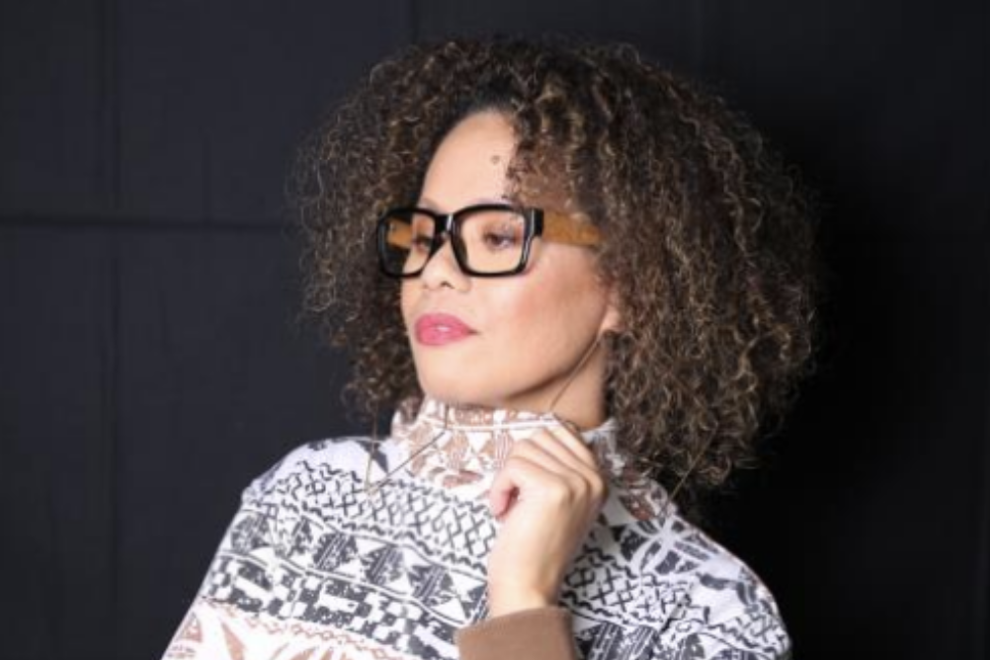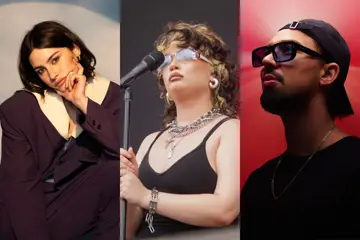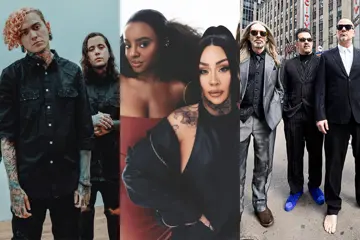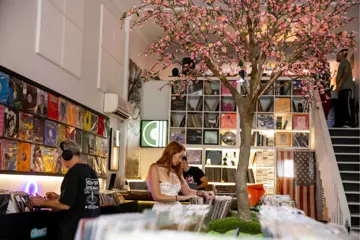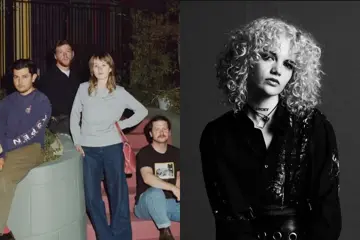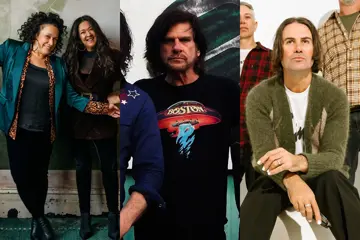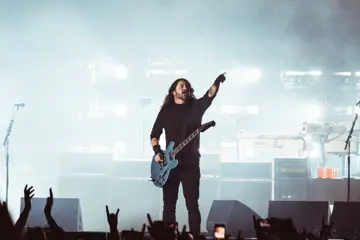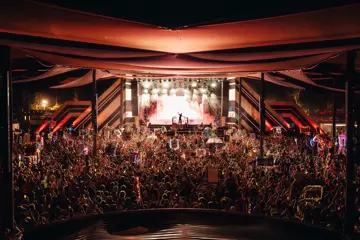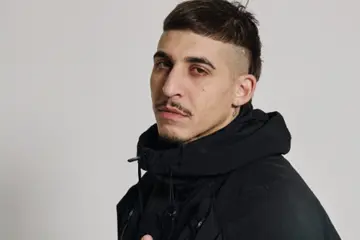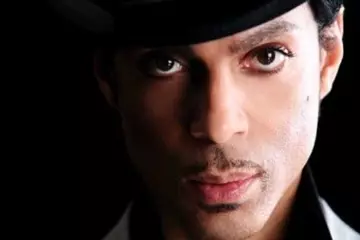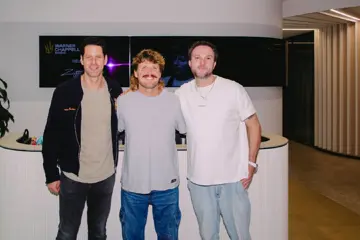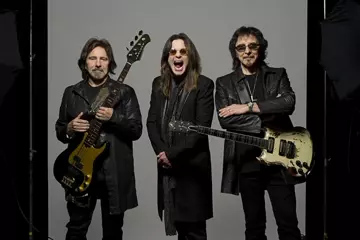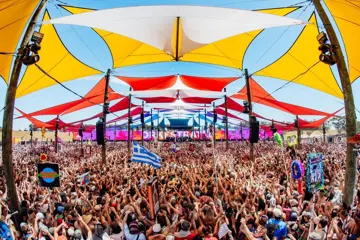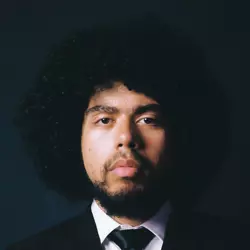 Zion Garcia
Zion GarciaOver the last couple of decades, hip hop music has solidified its place within Australian society, infiltrating the mainstream gradually as we entered into the new age of hip hop. Much like our American counterparts, hip hop and rap in Australia is utilised as a language misunderstood by the majority, unattainable by some, and the only means of communication for people of colour to express their hardships.
The experiences of bla(c)k and brown folk in Australia were and continue to be told through brash, hard bars that slice through boom-bap beats from the first utterance of a hook. The sacred bond between story and storyteller, lyric and beat, old school and new school still runs free within contemporary Australian hip hop and rap. For Fijian/Samoan-Australian hip hop and soul artist and community leader MC Trey, “it seems like yesterday” when she started seeing its importance and emergence come to life.
Trey has witnessed first-hand the rapid evolution of Australian hip hop from her upbringing in Western Sydney. While she notes the length of her journey through the ways her music was distributed when she started releasing, first through cassette tapes, then through vinyl, CDs and MP3s and now streaming, the fight and push to have Australian rap and hip hop be viewed as a serious genre in the Australian mainstream music space was strenuous.
“I remember one of the major radio stations saying “we don't play that rap crap”,” she tells The Music. “We had to really push to get our music heard and to be able to perform. A lot of us became event producers and learned how to write media releases and started creating our own spaces because we weren't given these spaces to perform and weren't taken seriously back then,”
Don't miss a beat with our FREE daily newsletter
“We all really knew each other and had that kind of hip-hop bartering thing going on. I'll make you a beat, you drop a verse, you design my artwork, and I'll put you on my next show. So there was a lot of that really strong community context. And it was a space for us to come in and tell our story and music,”
“I love seeing how it's being used by a lot of Indigenous Australian and Indigenous Pacific nations around the world to talk about strong issues. It's always been a tool for self-determination, for self-expression and identity. I was reading a quote by Chuck D from Public Enemy, saying that hip hop is like the CNN of the ghetto, like the voice piece of the area. Hip hop will always be the voice for the people.”
Throughout her career, Trey has dialled in on music as a means of cultural nourishment, specifically for young and emerging Pasifika artists. While a lot of the connection and knowledge she possesses has come from the words and rhythms of the hip hop OGs, she states that the connection between Pasifika communities and music is intrinsic; a biological and cultural pinpoint, a unique dialect, a way of tradition and a way of belief.
“Listening to people like Ice Cube and NWA and Lauryn Hill talk about what they were seeing in their neighbourhoods and disenfranchised, marginalised community, and sometimes opening that fridge and not having enough food to eat or having corn flakes but no milk, those kind of stories resonated with me,” she said.
“And then there's the beats. Within our Pacific communities, the drums are the heart of a lot of our music. And when I work with young people with all the community projects I do, that's what I'm hearing, they're drawn to the beats and then the topics,”
“A lot of communities that are drawn to hip hop don't see themselves included or represented in mainstream society. But through music and hip hop, you can share your story and talk. And I think that's one of the things that kind of drives Pacific peoples to that. As well as our history of the oratory tradition, we've shared our stories by talanoa and speaking. It’s just like hip-hop.”
This year for the annual Western Sydney music, food and arts festival Parramatta Lanes, Trey has teamed up with the Powerhouse Museum to curate a night of Pacific music through and through, showcasing the lengths and depths of artistry produced by musicians across the diaspora. From as local as Western Sydney’s Guildford to as far as Cairns, The Powerhouse Lane: Niu Music program will showcase artists from Aotearoa, Fiji, Samoa, Tonga and more in an all-Pacific lineup, a first for Parramatta Lanes. The event is not only set out to showcase the talents of the Pacific but also amplify the authentic lived experiences riddled within each artist who has all gathered on the same stage to tell their stories to anyone willing to lend an ear.
“‘Niu’ is a Pacific word, which means coconut. And it references the coconut tree in Pacific cultures. We call it a tree of life. That's why I kind of named the Niu Music Program after the coconut. It sustains us all, it provides us with health, which is what I feel music does for so many of us,” she said.
“I'm just excited to have our people's stories on stage. This is something that a lot of us have been pushing for for a long time. And so many of us are pushing in our own different ways,”
“Powerhouse has been very supportive of this Pacific music program. We're building a Pacific portfolio to help position Powerhouse as one of the leading engagement organisations for Pacific communities. So when the Powerhouse Museum opens in 2026, we'll have a suite of initiatives and programs ready, looking at all the different art forms of Pacific culture, but also just helping to provide supportive and safe spaces for our stories to be told, but also for our young people and our creatives to help develop their craft.”
While Trey knows that culture and traditions can often demotivate emerging artists from Pacific communities from pursuing non-traditional work paths like the arts, she hopes that with one community project at a time, and with the world of music being made more and more accessible, the cultural landscape of Pasifika hip hop in Australia will thrive.
“I think it's important for young Pacific people to create if they're passionate about it,” she said.
“The creative industries contribute so much to our economy. People don't realise how much is spent and how much we consume creatively. So there are definitely pathways, but it isn't easy. That's why it's understandable that parents don't normally support that, but thankfully there's a lot more opportunity and there's a big call and a big need for diversity in media and the arts, especially Australia being in the Pacific region,”
“There's so much opportunity for us to be at the table and to help shape how we're being perceived and to contribute to changing the cultural landscape of this country.”
Powerhouse Lane: Niu Music is a celebration of Pacific culture, hip hop and R&B in Western Sydney held at George Street, Parramatta on Thursday the 24th of October. The event is free and family-friendly, and you can check the lineup out below.
Powerhouse Lane: Niu Music
Curated by MC Trey
Hosted by Stelly G
Featuring performances by
A.GIRL
All Black Alby
Capital Zee
DJ Kayza
Get It Done (G.I.D.)
and Zion Garcia
This piece of content has been assisted by the Australian Government through Music Australia and Creative Australia, its arts funding and advisory body


